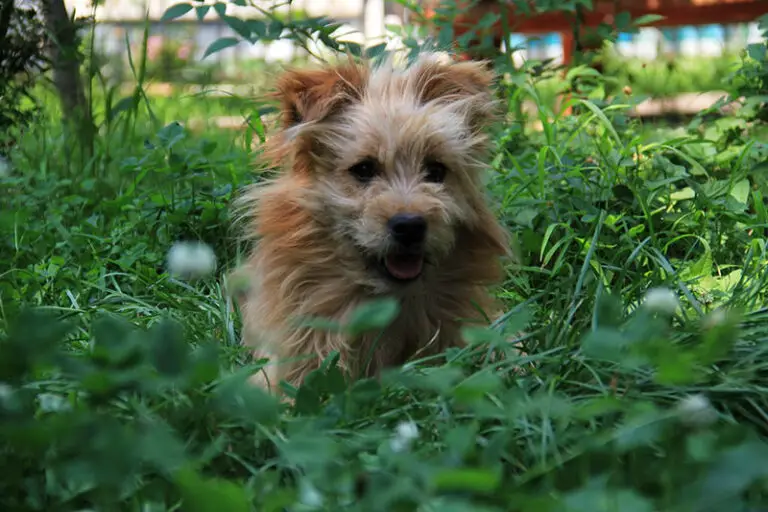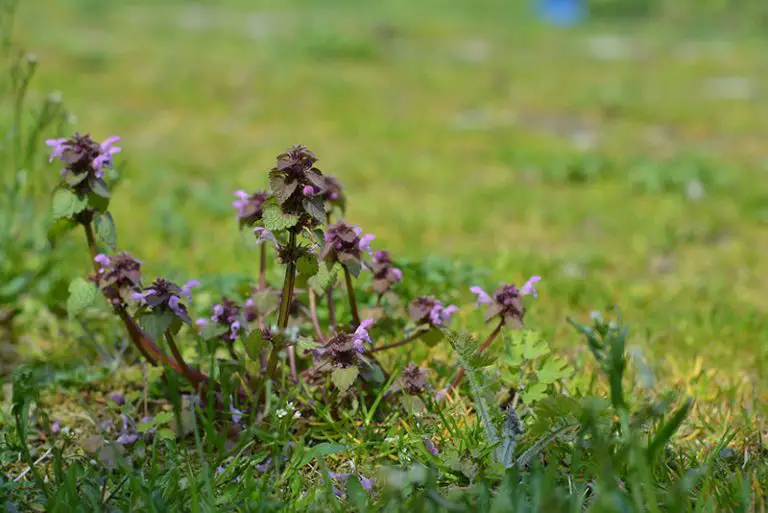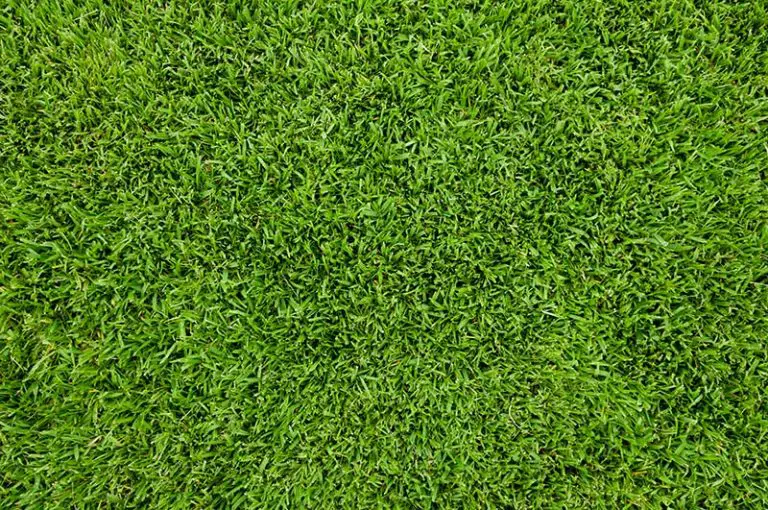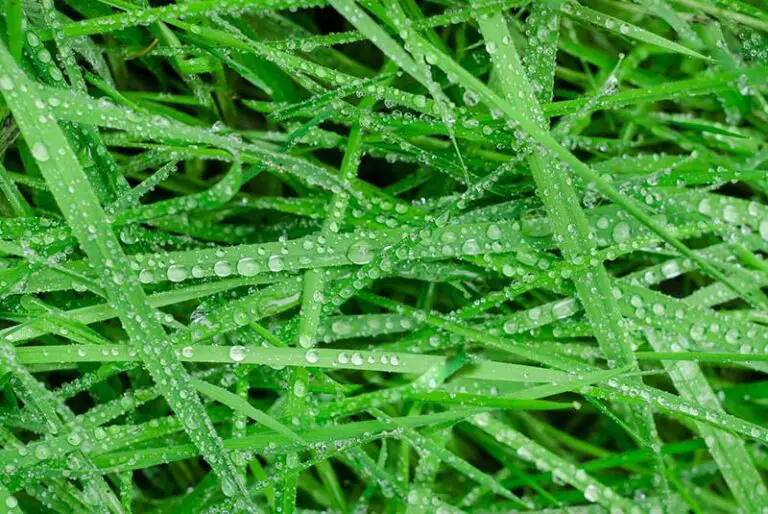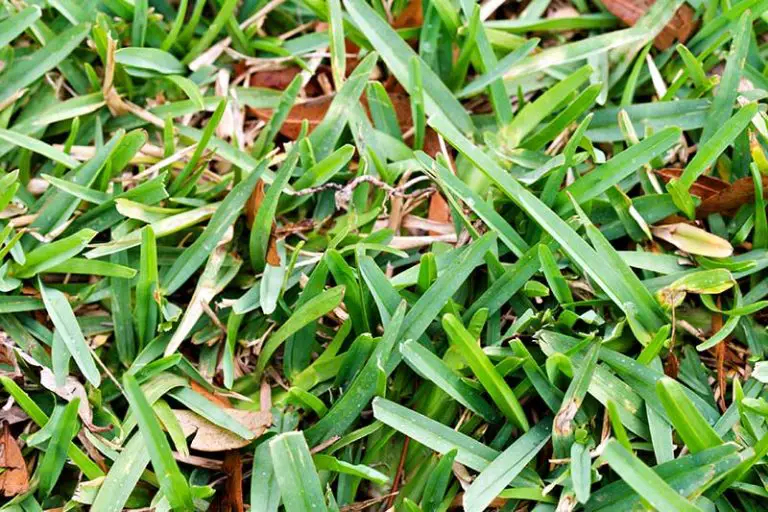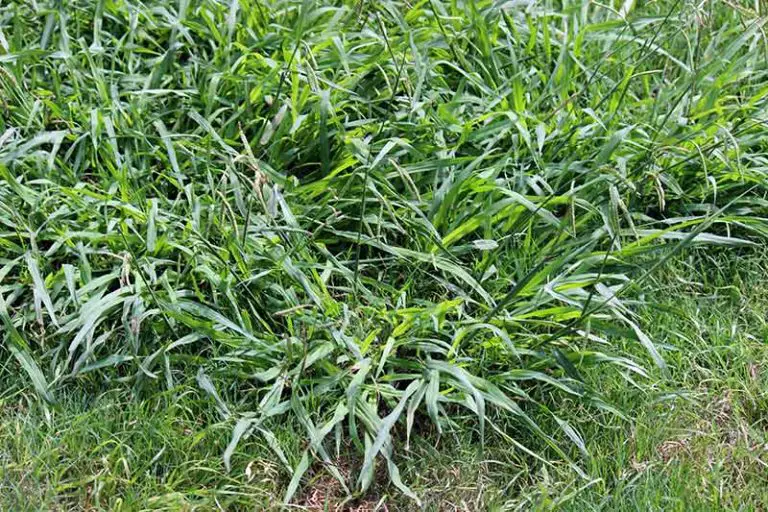Planting Grass Seed Over Existing Weeds: A Complete Guide
Although you can do it, planting grass seed over existing weeds is not a great idea for the health of your new grass. Grass, particularly young new grass, will struggle to grow alongside invasive established weeds; the weeds will rob them of nutrients and water, choking out your tender seedlings at this delicate stage of growth. It’s therefore best to remove all weeds before overseeding or seeding your lawn.
Should You Kill Weeds Before Seeding?
Yes, you should kill weeds before seeding or overseeding your lawn. Although theoretically it isn’t absolutely necessary, removing weeds before seeding is best practice when planting new grass.
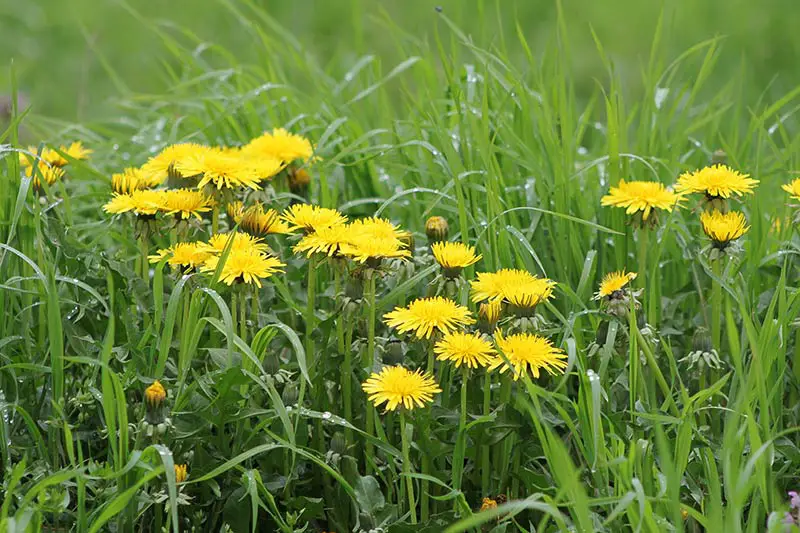
Healthy grass is typically able to choke out weed growth on its own. However, young grass seedlings yet to fully establish themselves are more susceptible to the detrimental effects of a weed infestation. Invasive weeds will quickly take over any parts of your lawn that are bare or patchy, as well as the areas with new, young grass. The surrounding grass plants will then suffer as the weeds steal water and nutrients from the soil to fuel their own growth.
Although a few weeds here and there won’t pose a huge risk to your grass, a full-blown infestation will. And, a full infestation can stem from just a few sparse weeds. Because of this, it’s best to make the effort and remove all weeds before seeding your lawn.
Is There a Grass Seed that Kills Weeds?
No, there are no grass seed mixes that are able to kill weeds once sown. If you’re planning on seeding a weedy lawn, your only option is to get rid of the weeds before planting.
With that said, many grass types are able to naturally choke out weeds once they mature. The grass plants don’t kill the weeds in a literal sense; rather, a dense lawn leaves little space for the weeds to grow, preventing the weeds from multiplying and spreading.
Will Overseeding Kill Weeds?
Overseeding will not kill weeds on its own. As we’ve explained, it isn’t possible to kill weeds with grass seed. If you have a lawn full of grass and mature weeds, you’ll need to remove the weeds before attempting to overseed.
How to Prevent Weeds When Planting Grass
Buy High-Quality Grass Seed
When planting new grass, weed prevention starts with choosing a high-quality seed from a reputable supplier or brand. Low-quality seed mixes often contain weed seeds along with the grass seed.
Using a low-quality seed will likely introduce new invasive weeds that will grow with your new grass. These weeds will rob much of the water and nutrients you provide for your grass seed, causing your grass to suffer while the weeds flourish. You should instead opt for a high-quality seed from a reputable brand; look for a seed with “weed seeds 0%” and/or “other crop seeds 0%” listed on its packaging.
Cover Seed with Mulch
After sowing your seed, it’s best practice to cover the planting area with a layer of mulch. A mulch layer can provide a host of benefits for your new grass, including the prevention of weed growth in the area.
A layer of mulch forms a barrier across the soil surface; this barrier helps the soil retain moisture, prevents the seed from being blown away or eaten by birds, and protects the seed from frost or extreme heat. The barrier also blocks sunlight from reaching the soil surface, in turn hindering the germination of weed seeds.
Monitor Planting Area for Weed Growth
It’s far easier to combat weeds if you catch them before they turn into a full-blown infestation. For this reason, you must carefully monitor the planting area for new weed growth over the weeks following seeding.
As soon as you spot any weeds, handpull them straight away. You should avoid using any chemical herbicides on the area until your grass matures; these products are too harsh for young grass seedlings at this stage of growth.
Keep Up with Watering Schedule for New Grass
Another crucial activity after planting your new grass is keeping up with a sufficient watering schedule. Healthy grass is better able to outcompete weed growth on its own, and proper irrigation is a pillar of healthy grass.
Watering grass seed is one of the most meticulous and laborious parts of growing a new lawn. Your new grass will require daily watering to keep the planting area moist at all times during germination and establishment. By adhering to these watering requirements, your new grass will have the best chance of resisting weed growth naturally.
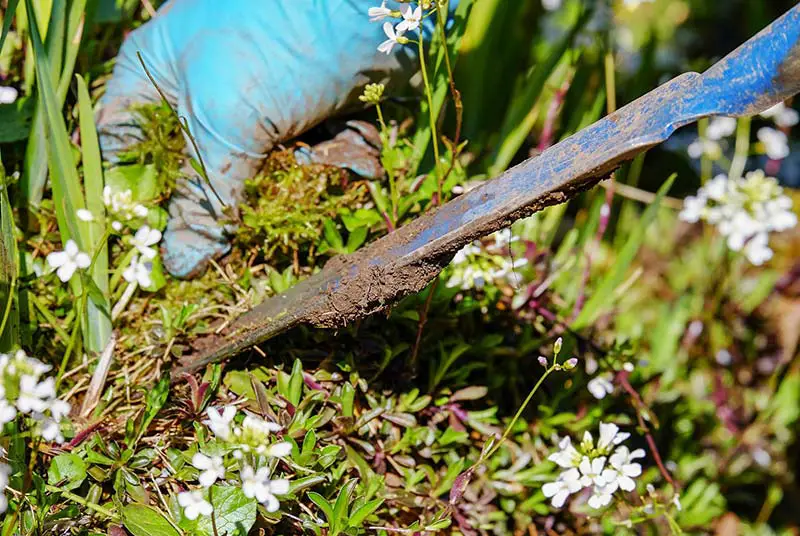
How to Kill Weeds and Grow Grass
1. Choose Grass Seed
Firstly, you’ll need to choose the best grass for overseeding that’s compatible with your lawn. There are two types of grasses, being either cool-season grass or warm-season grass. These grasses have different growth habits and are therefore better suited to different regions in the US.
If you live in the north or a typically cooler transition region, you should opt for a cool-season grass species. Cool-season grass types include fescues, Kentucky bluegrass, and perennial ryegrass. These grasses grow most vigorously in the milder temperatures of the spring and fall.
If you live in the south or a warmer transition region, you should choose a warm-season grass species. Warm-season grasses include bahia grass, Bermuda grass, Buffalo grass, centipede grass, St. Augustine grass, and zoysia grass. These grasses thrive when temperatures warm up in the late spring and continue to grow over the summer.
2. Wait for Best Time to Plant Chosen Seed
In accordance with your chosen seed, you must then wait for the best time to plant your particular species. The best time to plant grass will depend on whether you have chosen a cool-season grass or warm-season grass.
If you’re sowing cool-season grass, the best time to plant is during the fall. With cool-season grass, you can also take advantage of dormant seeding before the first frost in fall; the frost won’t kill the grass seed, but will instead cause it to lay dormant before it germinates in the spring.
If you’re sowing warm-season grass, you should plant your seed during the late spring.
3. Water Planting Area
You should give the planting area an initial watering before starting the weed removal process. This is to soften the ground, in turn easing the labor involved in hand pulling the weeds.
This watering also reduces the likelihood of the weeds’ roots breaking off in the soil as you pull them up; any fragments of the plant matter left behind may cause new weeds to sprout in the soil in the following weeks.
4. Remove Weeds from Planting Area
You can then continue on with the weed removal process. If you’re overseeding your lawn, i.e. adding grass seed to existing grass, you’ll need to use a grass-safe method of weed removal. If seeding an entirely new lawn, you must remove all vegetation including weeds and any old grass.
To remove weeds before overseeding, the best method is to hand-pull as much of the weeds as possible. Use a trowel to dig into the ground alongside the weeds’ root system and loosen the soil; grasp the weed by the base and pull up firmly to remove all parts of the plant and its roots. You could then treat the area with a grass-safe herbicide to remove the last of the weeds.
Before seeding a new lawn, you should remove all vegetation from the area to create a bare planting bed. Natural methods to remove an old lawn include solarizing the soil or using a sod cutter to remove the turf. Alternatively, you could use a non-selective chemical herbicide such as those containing glyphosate to kill the grass and weeds.
Take note that if you use a chemical treatment to remove weeds, it may affect new seeds that you plant in the area. Read the label of your product carefully to understand how long you should leave between weed killer application and seeding.
5. Aerate Soil
Aeration is another crucial activity to carry out before seeding or overseeding your lawn. This is the process of using an aerating tool to break up the soil in the planting area. As a result, air, water, and nutrients are better able to circulate the turf.
You can aerate your soil using one of two methods, either spike aeration or core aeration. Spike aeration involves using a pitchfork or spike aerating shoes to punch into the soil; despite being a straightforward process, spike aeration is the less effective method and may worsen issues with compaction.
Core aeration, on the other hand, utilizes a core aerator, a tool that looks similar to a rake with a hollow tine at one end. You use a core aerator to pull plugs of soil from your lawn, leaving it with lots of 2-inch-deep holes throughout. This is the most effective way to aerate your lawn.
In addition to breaking up soil compaction, aerating before seeding significantly enhances the success of the overall process. The holes allow the seed to fall deeper into the soil; this improves seed-to-soil contact and protects the seed from being blown or washed away, or eaten by birds. You will ultimately achieve a higher germination rate from your seed by aerating first.
6. Add Starter Fertilizer to Planting Area
The last step in preparing soil for seed is to add a fertilizer for new grass to the planting area. For best results, you must use a starter fertilizer at this stage of the seeding process.
Starter fertilizers are specifically formulated for plants in their early stages of growth; they contain the ideal balance of nutrients to support the germination and establishment of new seed. The three primary nutrients that grass plants need are nitrogen, phosphorus, and potassium; while mature grass primarily requires nitrogen, young grass has a higher requirement for phosphorus. Starter fertilizers come with the best fertilizer ratio or ‘NPK ratio’ to meet these needs.
Read the label of your chosen starter fertilizer to find out the product’s exact directions for application and safety. Apply the fertilizer to the planting area before sowing your grass seed.
7. Sow Seed
Now your planting area is fully prepared and free of weeds, you can plant your new grass seed. There are two tools you can use for this step, either a drop spreader or broadcast spreader.
If overseeding your lawn, a drop spreader would likely be the best tool to sow your seed. Drop spreaders let the seed drop directly below the equipment, enabling more accurate and targeted application. These tools are therefore best for seeding smaller areas or isolated patches on the lawn.
If seeding an entirely new lawn, it’s best to opt for a broadcast spreader. These tools spray the seeds out in a fan-like pattern that reaches beyond the width of the spreader. As you can cover more ground in less time with a broadcast spreader, they’re the best choice when seeding larger areas.
Refer to the packaging of your chosen grass seed to find out its recommended seeding rate. Using this information, set your spreader accordingly before sowing your grass seed in the desired areas.
8. Water Newly Sown Seed
Water the planting area immediately after you have sown your grass seed. Add enough water to moisten the top 6 to 8 inches of soil; the ground should be damp rather than waterlogged and soggy.
After this, you will need to continue watering the planting area at least twice per day for the first week. The planting area must be consistently damp over this period for successful germination. You can then reduce your watering sessions to once per day over the following weeks.

